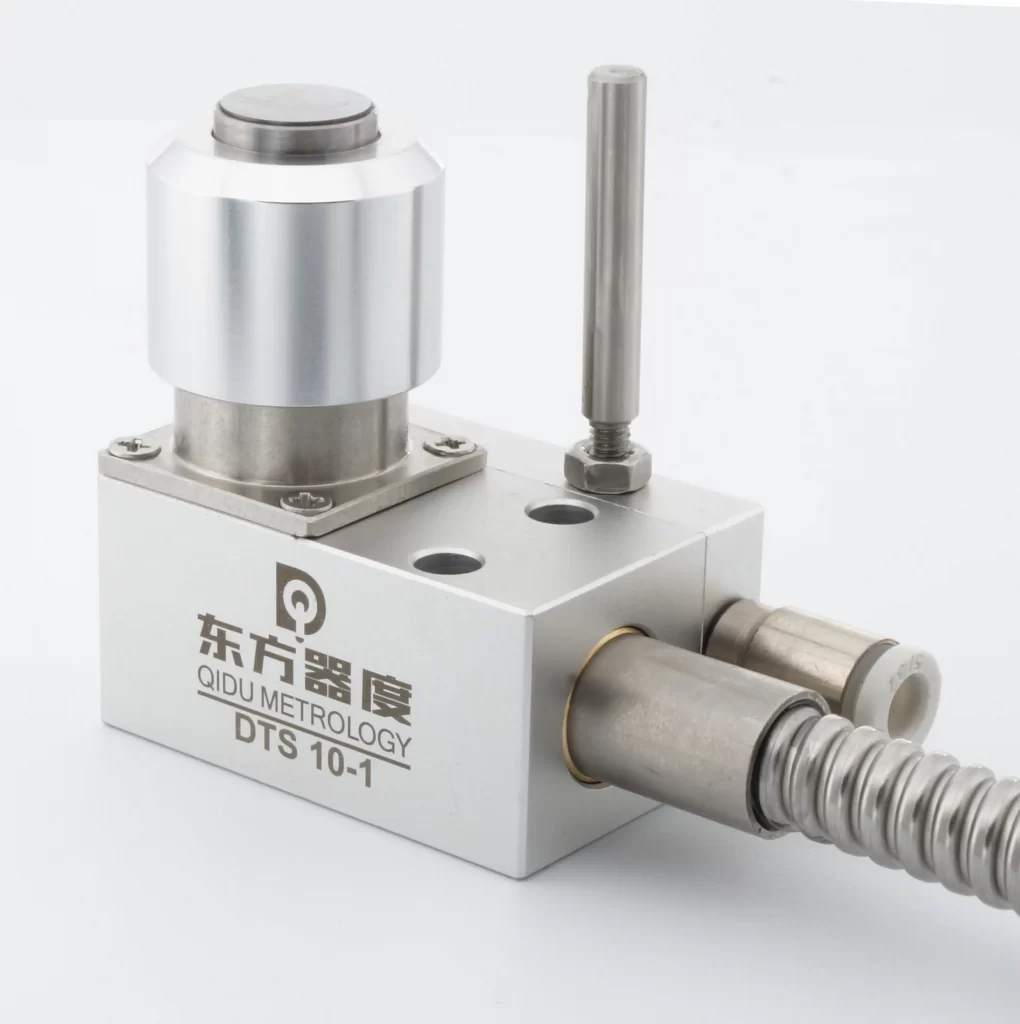Email: [email protected] Phone: (+86) 134 1323 8643
In the realm of CNC machining, CNC Tool Height Setters play a pivotal role in ensuring precise tool positioning, ultimately optimizing production efficiency and quality. By automating the process of setting tool height, these devices eliminate the potential for human error and streamline the workflow, leading to significant advantages for manufacturers.
Significance of CNC Tool Height Setters in the Manufacturing Industry
CNC machining relies on precise tool positioning to achieve desired part geometries and tolerances. Even minor deviations in tool height can lead to inconsistencies, scrap parts, and rework, impacting production costs and deadlines. CNC Tool Height Setters address this challenge by automating the process, ensuring accurate and repeatable tool height measurements, and minimizing human error.
Advantages of Automated Height Adjustment
Utilizing tool height setters offers several advantages over traditional manual methods:
- Enhanced Accuracy: Automating height measurement eliminates human error, leading to more consistent and precise tool positioning.
- Increased Efficiency: The automated process significantly reduces setup times, allowing for faster job completion and improved machine utilization.
- Reduced Costs: Minimizing errors and scrap parts translates to lower production costs and improved material utilization.
- Improved Quality: Consistent tool height translates to consistent part quality, reducing the risk of non-conforming parts.
Choosing the Right CNC Tool Height Setter
Selecting the appropriate CNC Tool Height Setter involves considering several factors:
- Accuracy: The required level of precision will determine the type and quality of setter needed.
- Reliability: Durability and repeatability are crucial factors, ensuring consistent performance over time.
- Cost: Balancing functionality and budget is essential, considering the application and required features.
Tips to Minimize Errors and Waste
Regularly calibrate the tool setter: Ensure consistent accuracy by following the manufacturer’s recommended calibration schedule.
In addition to utilizing CNC Tool Height Setters, here are some tips to further minimize errors and waste:
- Implement preventative maintenance: Properly maintain your CNC machine and tooling to minimize unexpected issues.
- Utilize proper workholding techniques: Secure your workpieces effectively to prevent movement during machining.
How Does a CNC Tool Height Setter Enhance Production Efficiency?
The heart of the matter lies in understanding how CNC Tool Height Setters contribute to heightened production efficiency. This detailed paragraph explores the intricacies of how these devices work seamlessly within CNC machining systems, ensuring precise tool positioning and minimizing the likelihood of errors. By shedding light on their operational mechanisms, this section aims to underscore the transformative impact CNC Tool Height Setters have on production efficiency.
Conclusion:
In conclusion, the utilization of CNC Tool Height Setters emerges as a pivotal factor in optimizing CNC machining efficiency. From the advantages of automated height adjustment to the considerations in choosing the right tool setter, this article provides a comprehensive overview of the significance of CNC Tool Height Setters in the manufacturing industry. By embracing these tools and implementing best practices, manufacturers can elevate their precision, reduce waste, and ultimately enhance their overall production efficiency.
Katrina
Mechanical Sales Engineer with 10+ years of experience in the manufacturing industry.Skilled in developing and executing sales strategies, building relationships with customers, and closing deals. Proficient in a variety of sales and marketing tools, including CRM software, lead generation tools, and social media. I'm able to work independently and as part of a team to meet sales goals and objectives. Dedicated to continuous improvement and learning new sales techniques.

